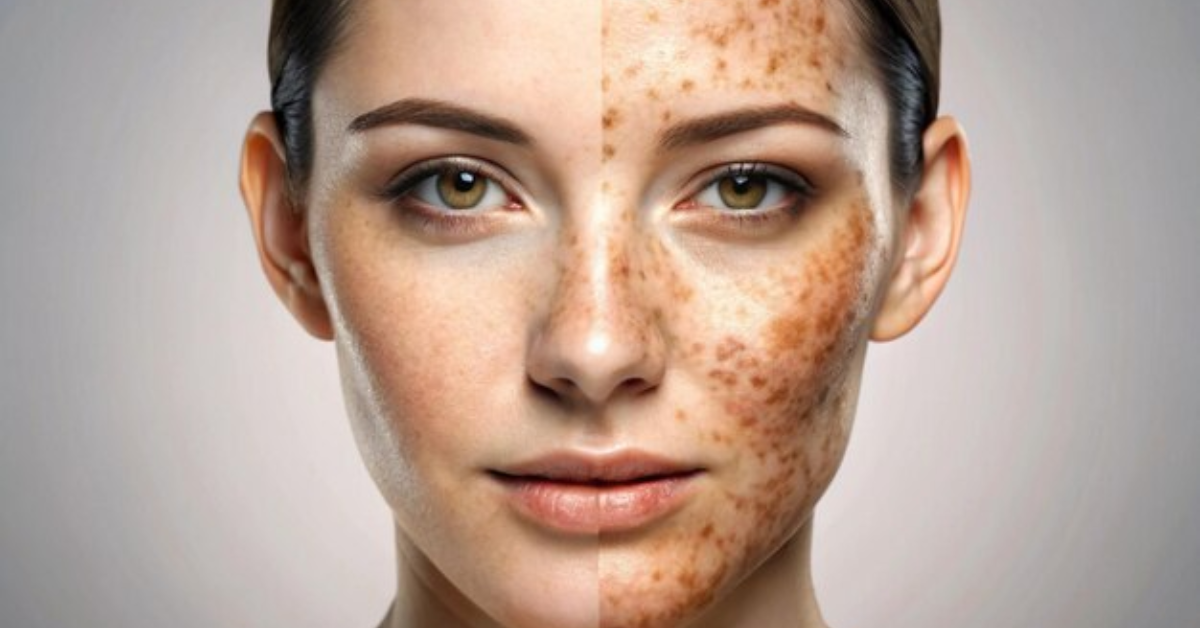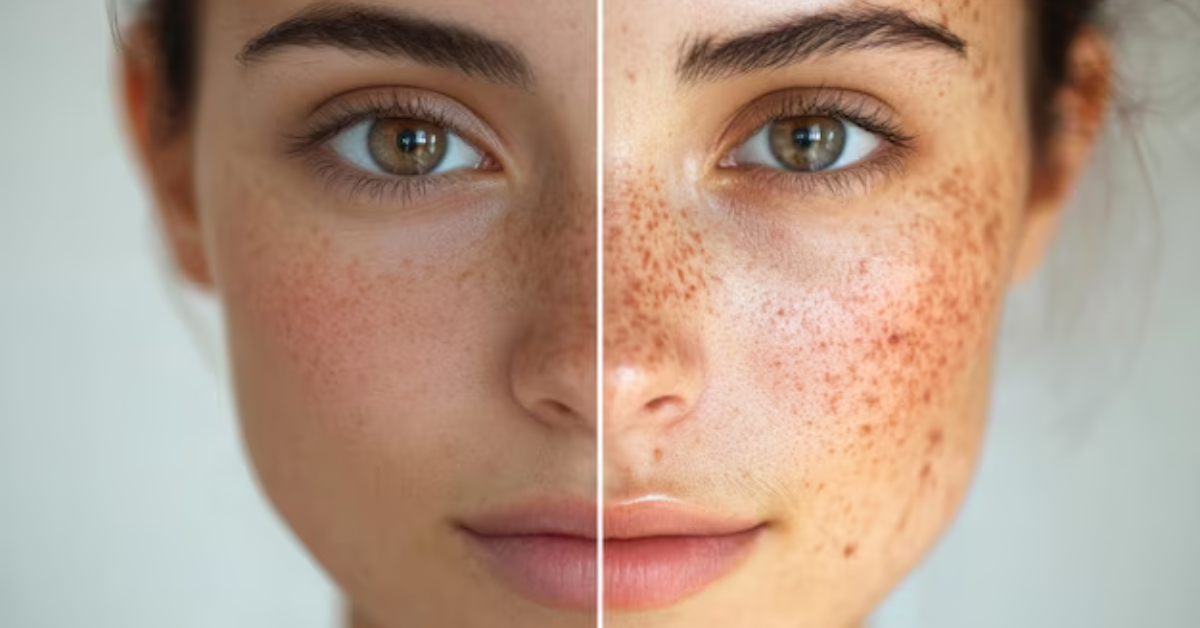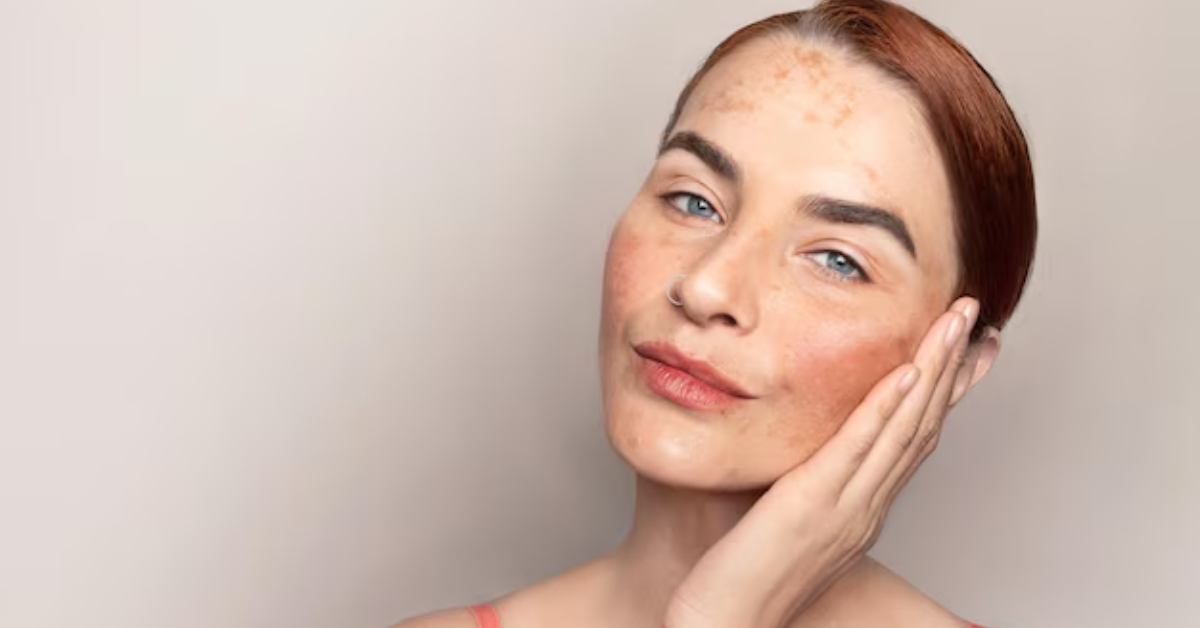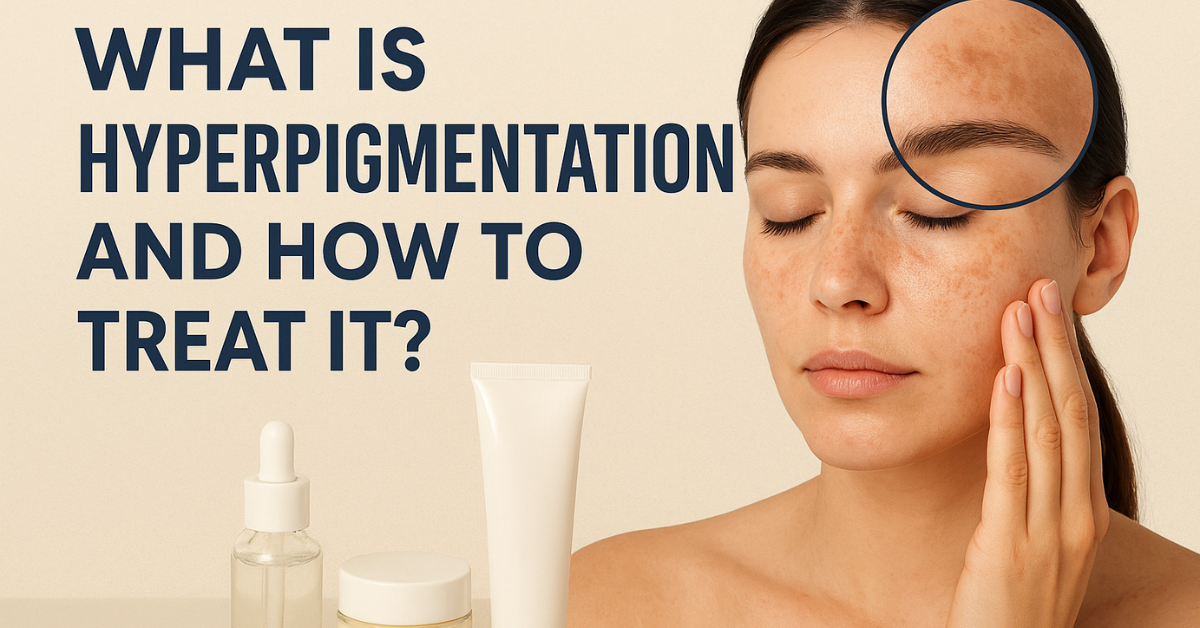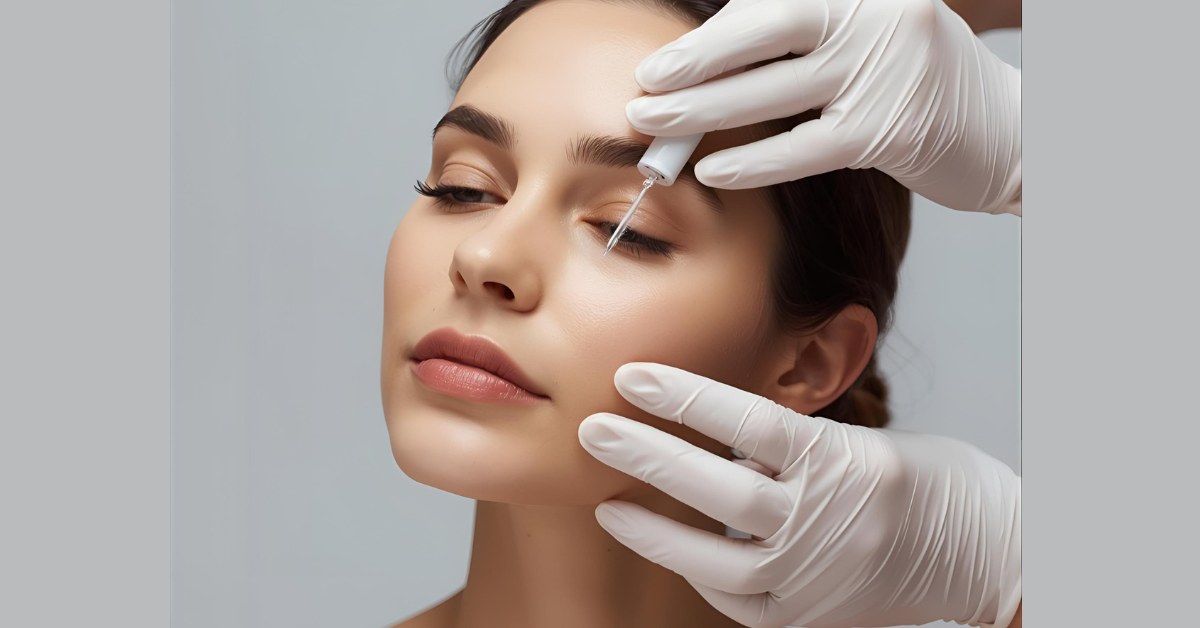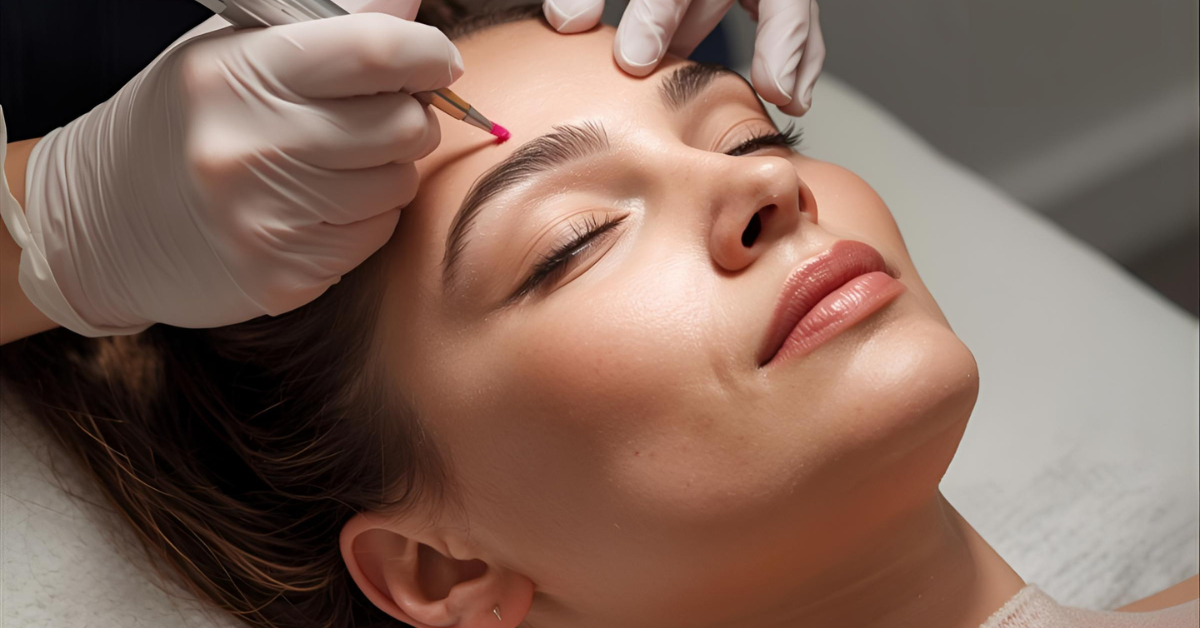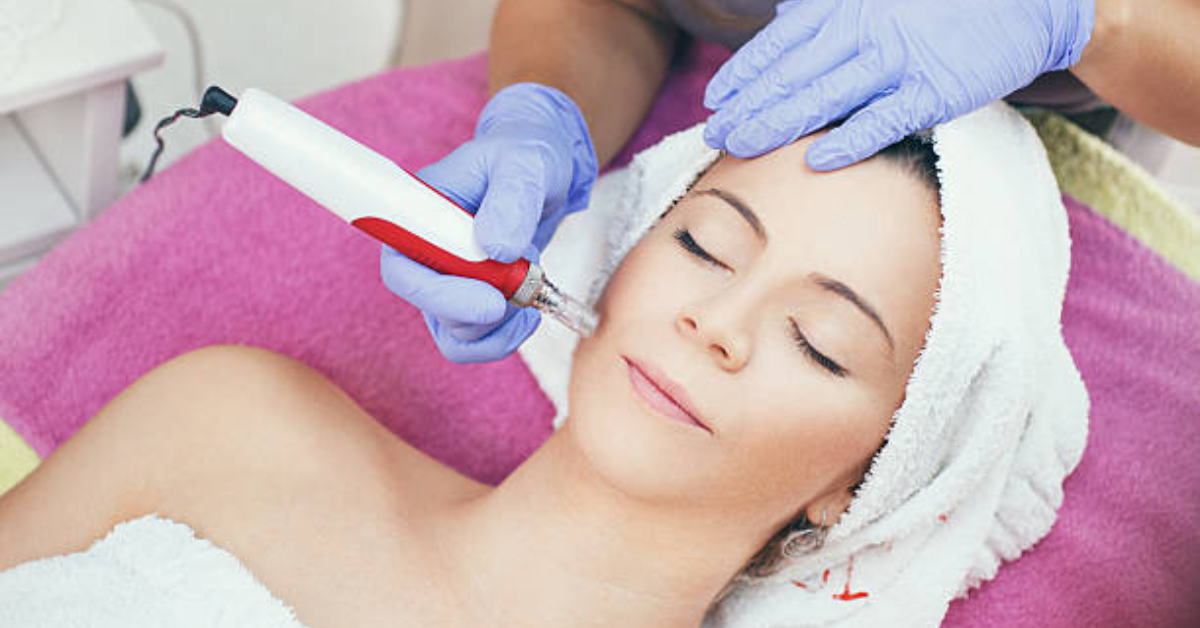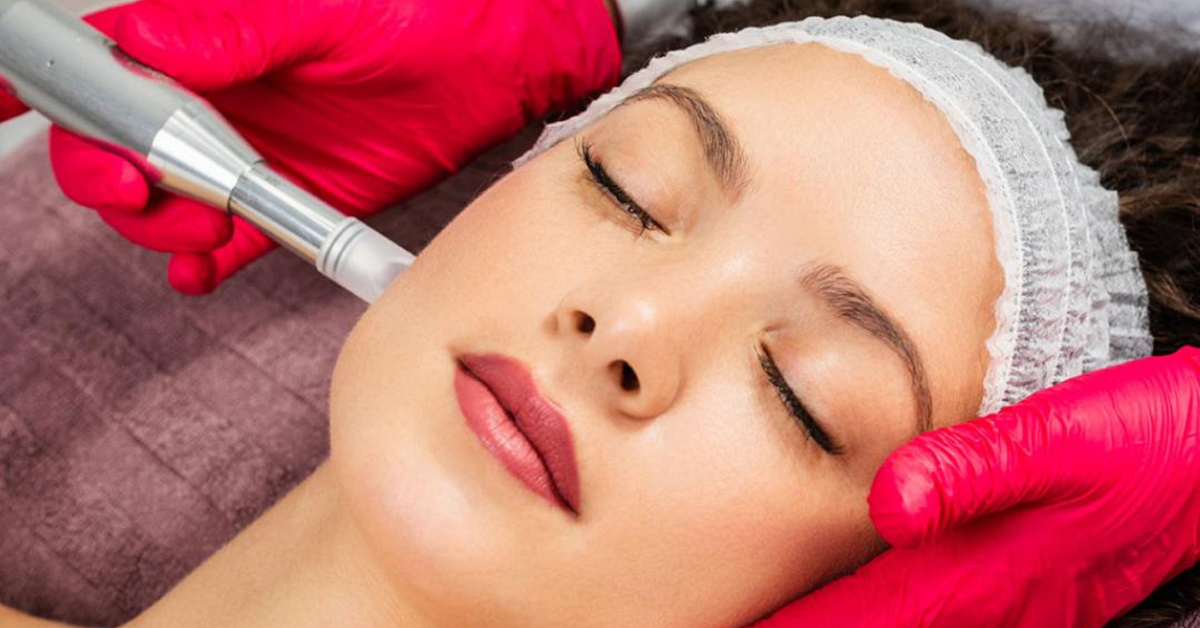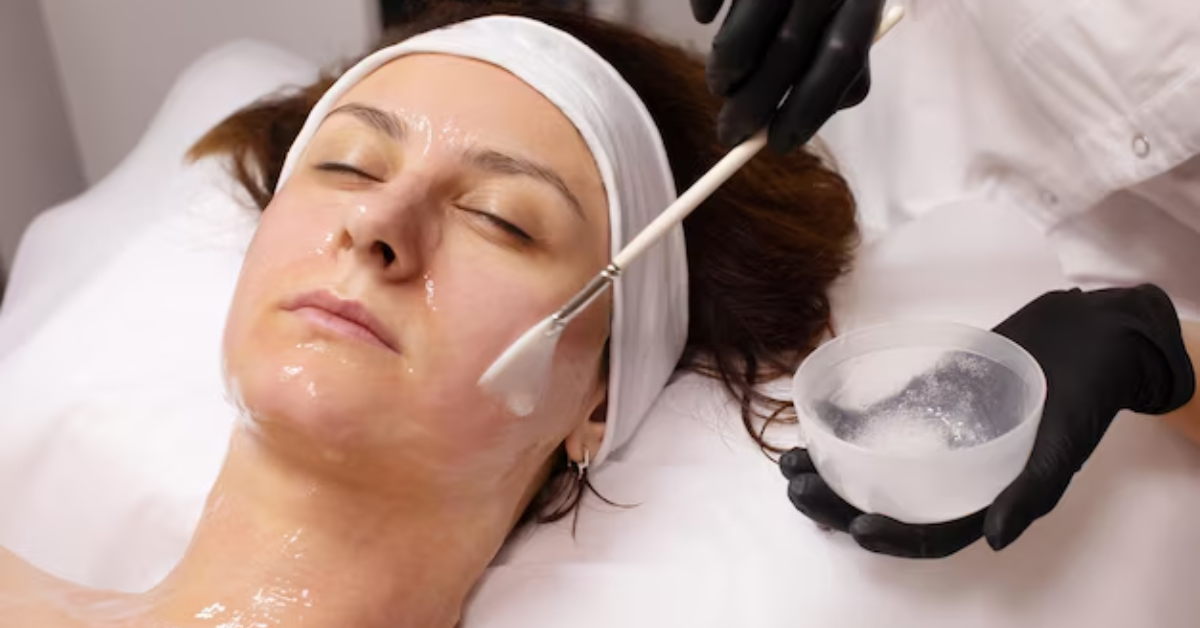Why Is Women’s Skin Softer Than Men’s?
Have you ever wondered why women’s skin often feels softer and smoother compared to men’s? While lifestyle and skincare routines play a role, the real answer lies in biology, hormones, and even daily habits. Understanding these differences can help both men and women take better care of their skin and choose treatments that truly make a difference.
At Malka Med Spa, clients often ask about these differences, especially when considering facials, hydration therapies, and anti-aging treatments. Let’s explore the science behind women’s naturally softer skin and how anyone—regardless of gender—can achieve a healthy, glowing complexion.
Biological Differences Between Men’s and Women’s Skin
Hormonal Influence
Estrogen plays a key role in why women’s skin tends to be softer and more supple. This hormone promotes collagen production and helps maintain skin elasticity. Men, on the other hand, have higher testosterone levels, which leads to thicker, oilier skin with more prominent pores.
Skin Thickness and Collagen
Studies show that men’s skin is about 20–25% thicker than women’s. While this thickness offers protection, it can also make the skin feel rougher to the touch. Women, with thinner skin layers, often have a softer, smoother texture—especially during their younger years.
Sebum Production
Men naturally produce more sebum (oil), which can cause their skin to appear shinier and more prone to acne. Women’s sebum production is typically lower, which contributes to a softer surface but can also make them more susceptible to dryness.
Lifestyle and Care Differences
Shaving and Grooming
Daily shaving exposes men’s skin to regular friction, which can cause micro-tears, dryness, and irritation. This roughens the skin over time, making it feel less smooth. Women, while they may shave certain areas, typically don’t subject facial skin to this kind of routine stress.
Skincare Routines
Many women start using moisturizers, serums, and sunscreens earlier in life, often influenced by beauty culture. Men, on the other hand, may adopt skincare routines much later, leading to tougher, less hydrated skin as they age.
Sun Exposure and Aging
Without consistent use of sunscreen, men’s skin can develop deeper wrinkles and rough patches faster. Women who prioritize sun protection maintain softer skin longer. That’s why spa treatments focusing on hydration and sun damage repair benefit both genders.
How Spa Treatments Enhance Softness
While biology sets the foundation, professional skincare treatments can significantly improve texture and softness for everyone. At Malka Med Spa, a variety of services are designed to target these exact concerns.
Hydration Facials
Facials packed with hydrating serums help restore lost moisture, making skin plumper and softer. Women naturally benefit from extra hydration as they age, while men can balance their oil production with deep-cleansing treatments.
Exfoliation Therapies
Dead skin cells accumulate more quickly on men’s thicker skin, while women also experience buildup that dulls their glow. Professional exfoliation treatments gently remove these layers, revealing smooth, fresh skin underneath.
Anti-Aging Treatments
Since men lose collagen more gradually but steadily, and women experience a sharp decline during menopause, both benefit from treatments that stimulate collagen production. These therapies improve firmness, reduce fine lines, and keep skin looking youthful and touchably soft.
Everyday Tips to Maintain Soft Skin
Even outside of the spa, daily habits play a big role in keeping skin soft. Here are some practices both men and women should adopt:
- Moisturize daily: Choose a moisturizer suited for your skin type—lighter lotions for oily skin and richer creams for dry skin.
- Use sunscreen: Protect against UV damage, which causes roughness and premature aging.
- Stay hydrated: Drinking enough water supports skin elasticity and smoothness.
- Gentle cleansing: Avoid harsh soaps that strip natural oils, especially for sensitive skin.
Conclusion
Women’s skin often feels softer due to biological differences like hormones, skin thickness, and oil production. However, lifestyle habits and professional care are just as important in maintaining that softness. Men can absolutely achieve smoother, healthier skin too—especially with the right skincare routine and spa treatments.
If you’re ready to experience softer, healthier skin, booking a customized facial or hydration treatment at Malka Med Spa can be the perfect first step. After all, everyone deserves to feel confident in their skin.
FAQs
Q1. Do men have thicker skin than women?
A: Yes, men’s skin is naturally 20–25% thicker, making it feel firmer but sometimes rougher compared to women’s.
Q2. Why does women’s skin age differently than men’s?
A: Women experience a sharper drop in collagen during menopause, while men lose it more gradually. This affects softness and elasticity.
Q3. Can men make their skin as soft as women’s?
A: Absolutely. With consistent moisturizing, sun protection, and professional spa treatments, men can achieve noticeably softer skin.
Q4. Do hormones really affect skin softness?
A: Yes, estrogen promotes collagen and hydration, while testosterone increases thickness and oiliness, creating different textures.
Q5. What spa treatment is best for softer skin?
A: Hydrating facials and exfoliation therapies are excellent choices to restore softness, glow, and balance for both men and women.

